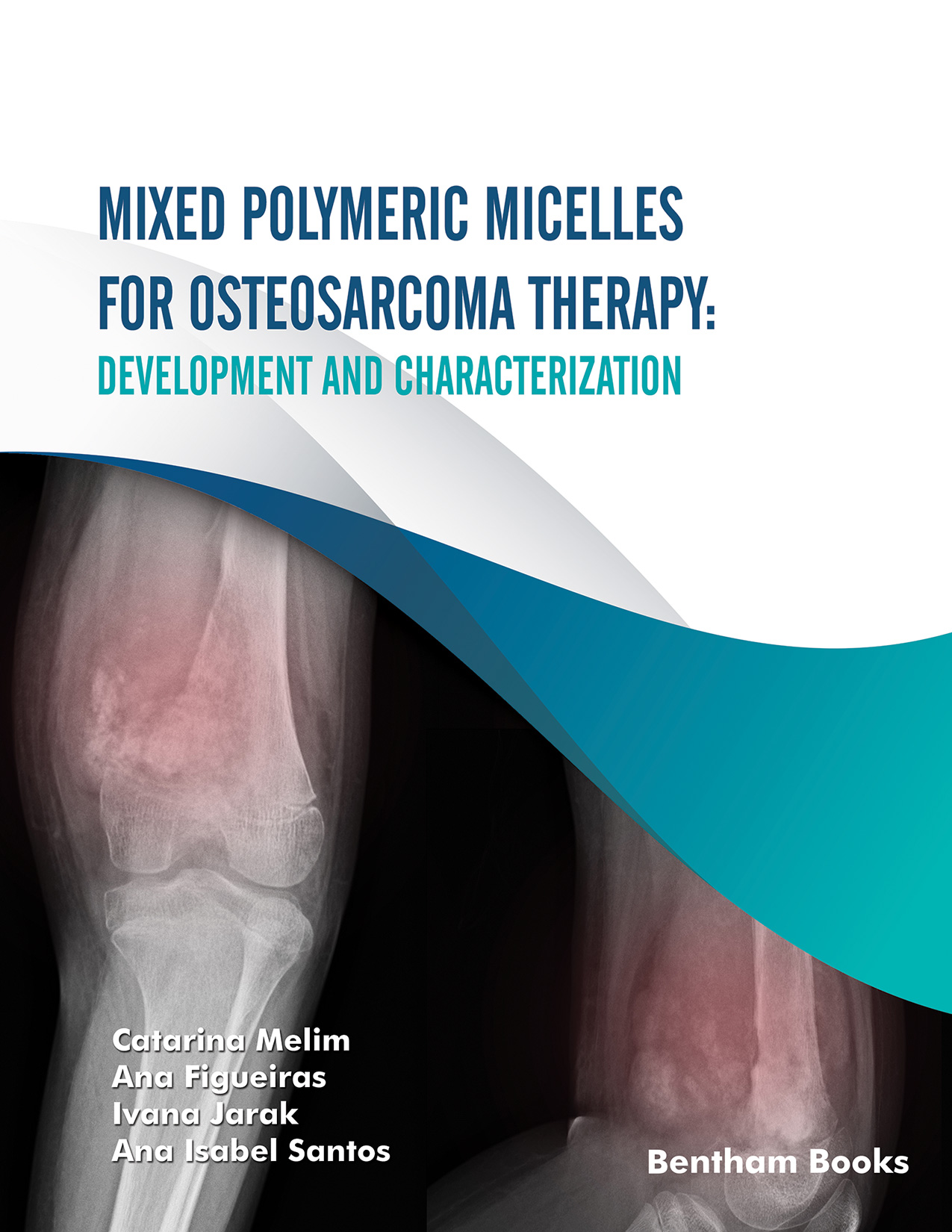Introduction
Osteosarcoma is a rare bone tumor that has a high incidence among children and young adults. Despite recent therapeutic developments, osteosarcoma still presents major hurdles to achieving successful results, mainly due to the presence of multi-drug-resistant cells.
This monograph primarily aims to provide information about the basic science behind the treatment of osteosarcoma along with experimental results for a novel formulation that overcomes multidrug resistance, and therefore, may serve as a viable treatment option. The book starts with an updated and concise guide to the pathophysiology of the disease, while also introducing the reader to new therapies and materials (specifically chitosan, polyethyleneimine, poloxamers, poloxamines, and Pluronics®) used in the treatment process along with the aims of the experiments present subsequently. Next, the book documents the materials and methods used in developing polymeric micelles for delivering drugs to osteosarcoma sites. By explaining the basics of nanomedicine as a starting point, readers will understand how polymeric micelles act as facilitators of drug transport to cancer cells, and how one can synthesize a small stable micelle (by creating derivatives of base nanomaterials), capable of actively targeting osteosarcoma cells and overcoming multi-drug resistance. The chapter explains the synthesis and characterization techniques of the materials used to develop polymeric micelles.
The results, a reflection of the conjugation of different experimental solutions initiated here, point to a modern route towards the search for a therapeutic solution for osteosarcoma.
The simple, structured presentation coupled with relevant information on the subject of micelle-based nanotherapeutic drug delivery make this monograph an essential handbook for pharmaceutical scientists involved in the field of nanomedicine, drug delivery, cancer therapy and any researchers assisting specialists in clinical oncology for the treatment of osteosarcoma.
Audience: Pharmaceutical scientists and medical oncologists involved in polymeric nanomedicine based drug delivery research and osteosarcoma treatment research.

